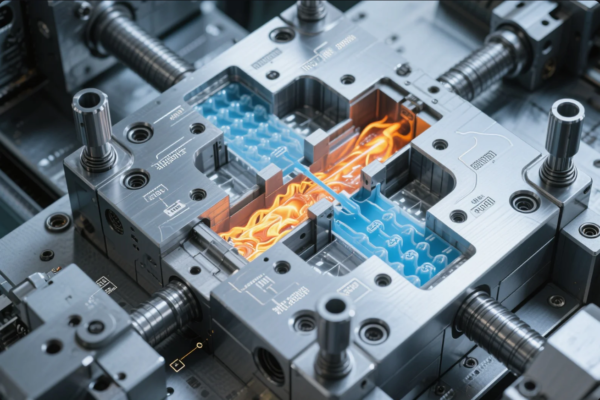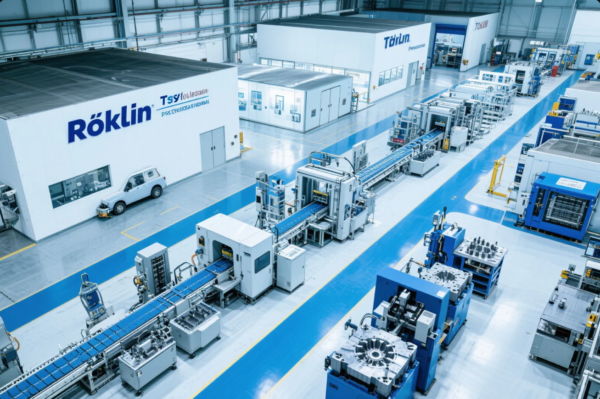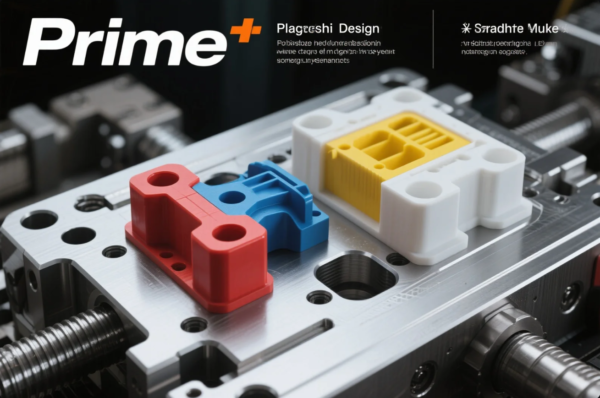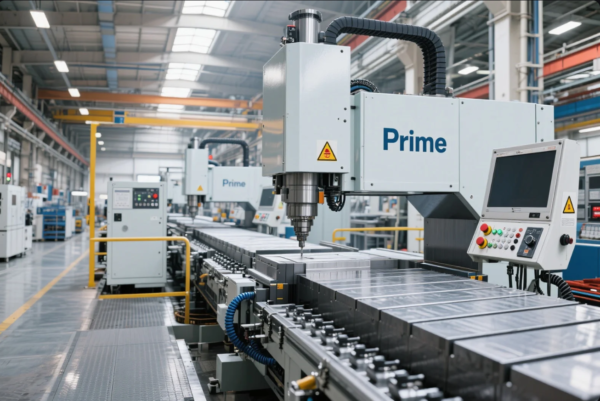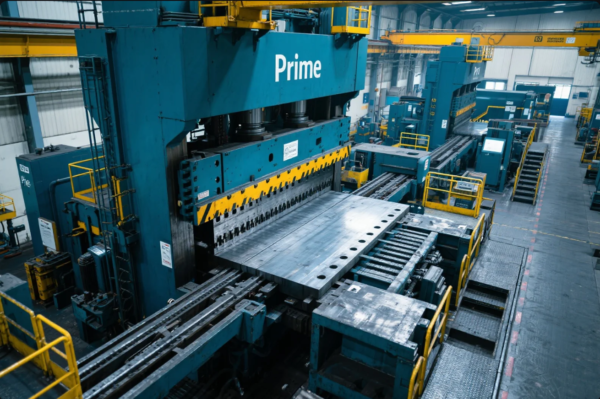How to Select High-Quality Metal Casting Parts Suppliers?
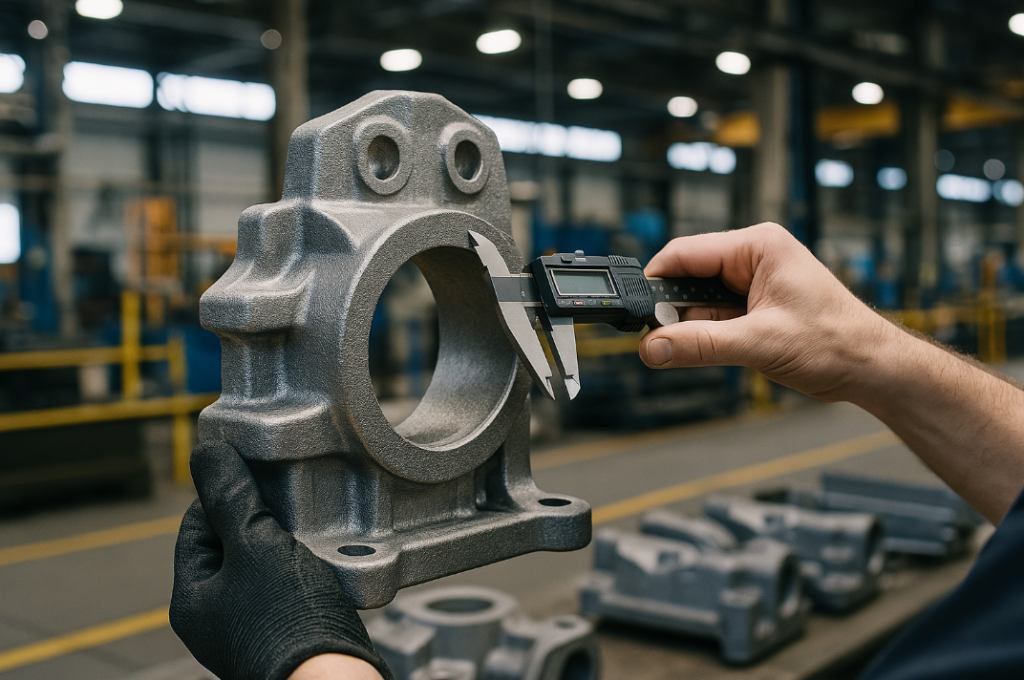
Finding reliable metal casting suppliers isn’t just about price—it’s about ensuring consistent quality, on-time delivery, and long-term trust. As a manufacturer with 30+ years of experience, we know buyer frustrations: delayed shipments, hidden defects, and poor communication.
Selecting a high-quality metal casting supplier requires verifying certifications (ISO 9001, IATF 16949), material traceability, quality control processes, production capacity, and real customer feedback—not just the cheapest quote.
Do you want parts that perform reliably—or ones that fail unexpectedly? Let’s break down the 8 key factors that separate top-tier suppliers from risky ones.
1. What Certifications Should a Trustworthy Supplier Have?
Certifications prove structured quality management—not just claims.
Non-negotiable standards:
- ISO 9001 (basic quality management)
- IATF 16949 (automotive-grade standards)
- PPAP and APQP documentation (proven process control)
- RoHS/REACH compliance (for export markets)
We rejected 3 "low-cost" foundries last year for forged ISO certificates (yes, this happens!).
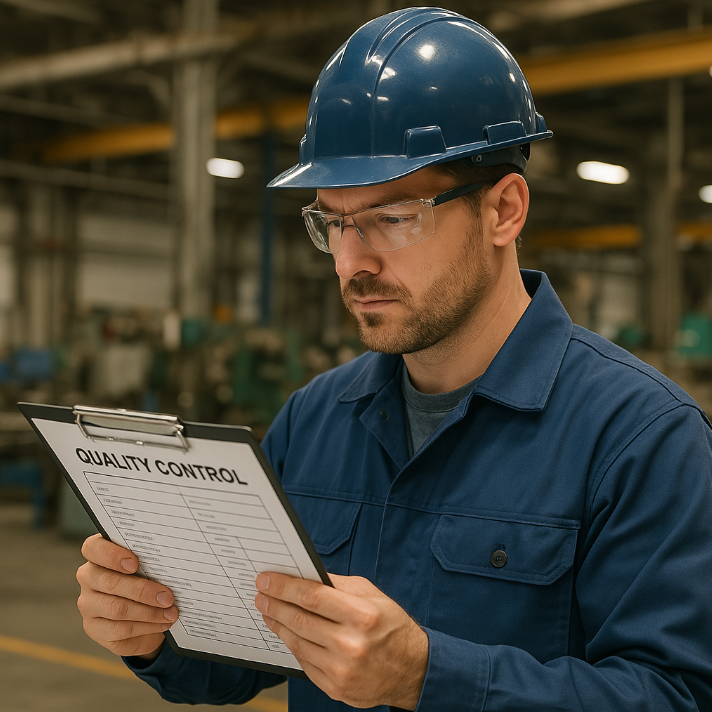
Supplier Certification Checklist
| Standard | Why It Matters | Red Flags |
|---|---|---|
| ISO 9001 | Basic QMS | No recent audits |
| IATF 16949 | Automotive reliability | "Self-certified" claims |
| Material Test Reports (MTRs) | Alloy verification | Generic certs, no heat numbers |
| NADCAP (Aerospace) | High-performance requirements | No process validation data |
2. How Do You Evaluate Their Production Capability?
Real capacity > sales promises.
Must-ask questions:
• How many active production lines? (We run 12 automated casting lines)
• What’s their monthly output? (Over 800 tons of castings/month)
• Do they use modern or outdated equipment? (Our 3D sand printers reduce lead times by 40%)
A "factory" with only manual sand casting likely can’t handle complex orders.
3. What Quality Control Processes Are In Place?
Inspection during production prevents defects before shipping.
Key QC steps real suppliers follow:
- Spectrometer testing (every melt batch)
- First-article inspections (3D scanned vs CAD models)
- X-ray/ultrasonic testing (for internal voids/cracks)
One client saved $250,000/year after we fixed their undetected porosity issue.
Defect Prevention vs. Detection
| Prevention Method | Detection Method |
|---|---|
| Proper gating design simulation | X-ray scanning |
| Controlled solidification | Dye penetrant testing |
| Degassing molten metal | Ultrasonic thickness checks |
4. Should You Trust Their Material Sources?
Cheap materials = early part failures.
Warning signs:
- No mill certificates for raw metals
- "Equivalent" material substitutions
- No heat-treat batch records
We trace every casting back to the original steel mill lot—no exceptions.
5. How Do You Check Their Real Performance?
Test orders aren’t enough—you need long-term data.
Smart verification methods:
✔ Ask for 3 recent customer references (we provide contactable clients)
✔ Review their warranty/return rate (ours: <0.8% defect returns)
✔ Visit their factory unannounced (we welcome audits)
A supplier refusing onsite checks is hiding something.
6. What Logistics and Support Do They Offer?
The best suppliers solve problems—not create them.
Key advantages we provide:
- In-house machining (no waiting for third-party shops)
- ISTA-certified packaging (no more damaged shipments)
- Dedicated exporter teams (smooth customs clearance)
Fixed a competitor’s $80,000 loss from poor packaging in 2023.
7. Why Does Communication Style Matter?
Suppliers should anticipate issues—not just react.
Green flags in communication:
- Daily production updates (we send photos/videos)
- 24/7 technical support (engineers on call)
- Proactive problem-solving (not blame-shifting)
Bad suppliers go silent when problems arise.
8. Are Price Comparisons Misleading?
The "cheapest" option often costs 3-5X more later.
Hidden costs of cheap castings:
⚫ Rework expenses (machining defective parts)
⚫ Downtime losses (failed components in the field)
⚫ Replacement logistics (overnight shipping fees)
One buyer saved 17% total cost by switching to us—despite our higher unit price.
Conclusion
Choosing the right casting supplier determines your product’s reliability and your brand’s reputation. At Prime, we combine certified processes, cutting-edge technology, and transparent collaboration—eliminating the risks of overseas sourcing. Ready to get castings that perform as promised? Let’s discuss how we can become your zero-headache supplier.

